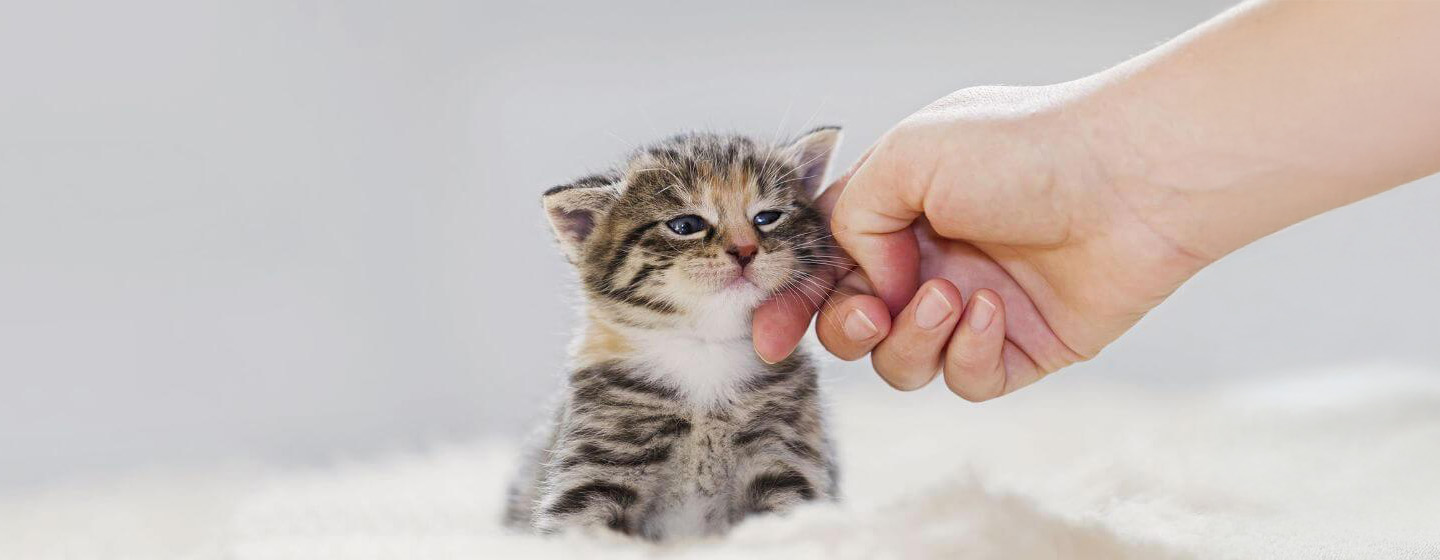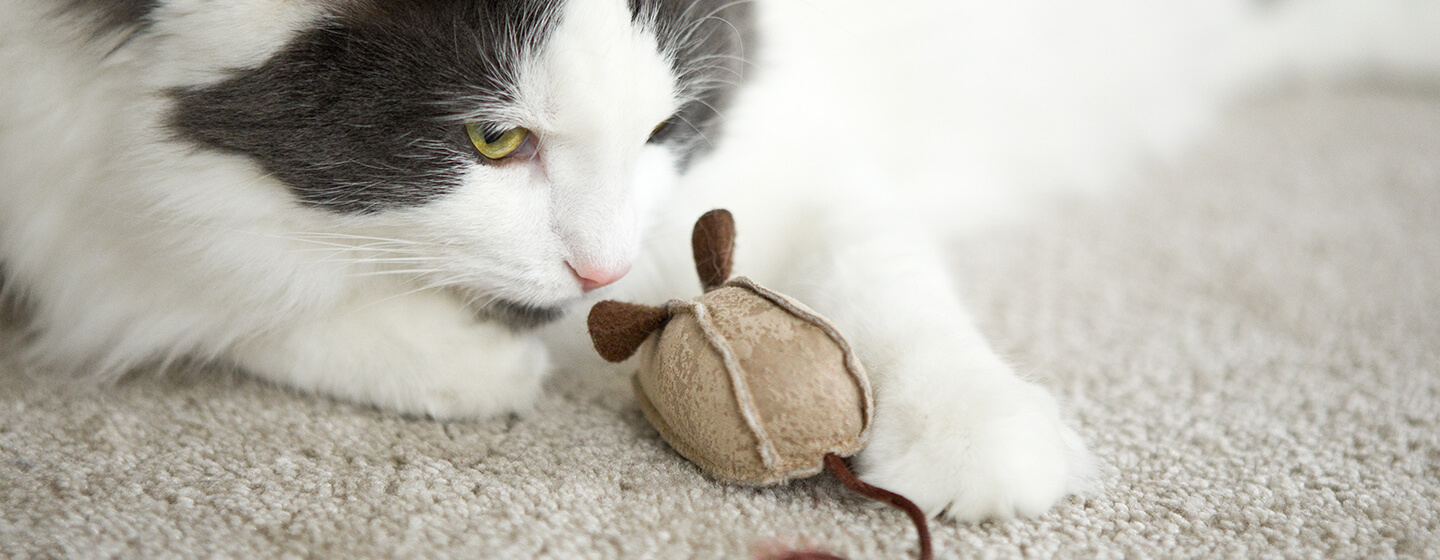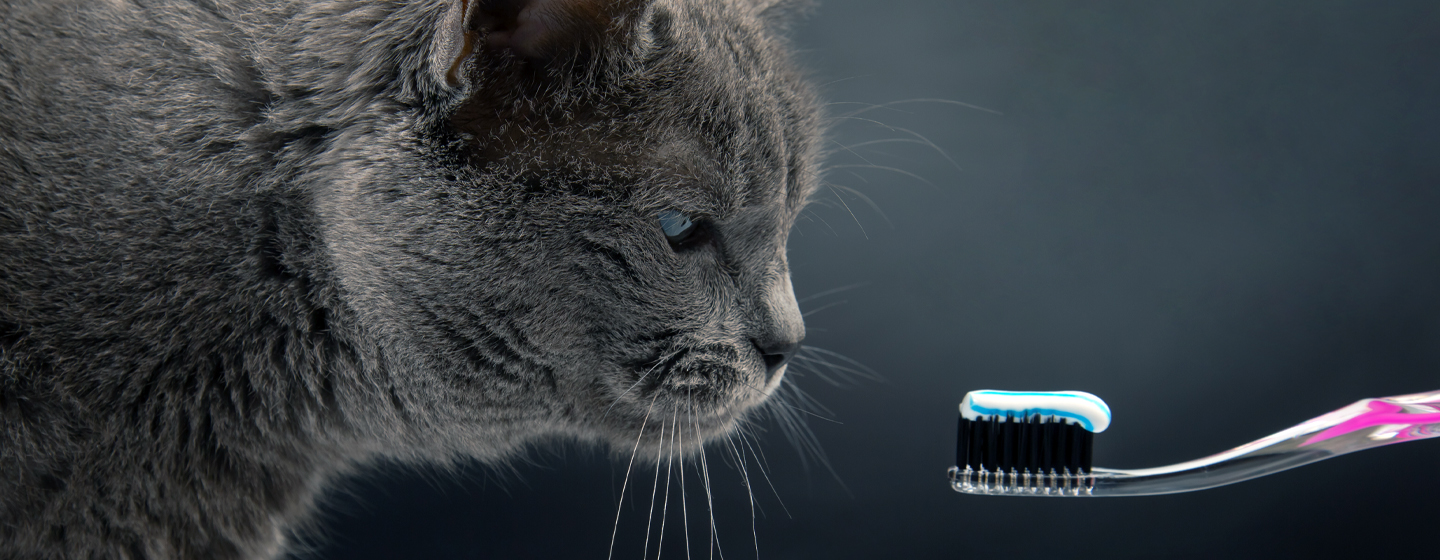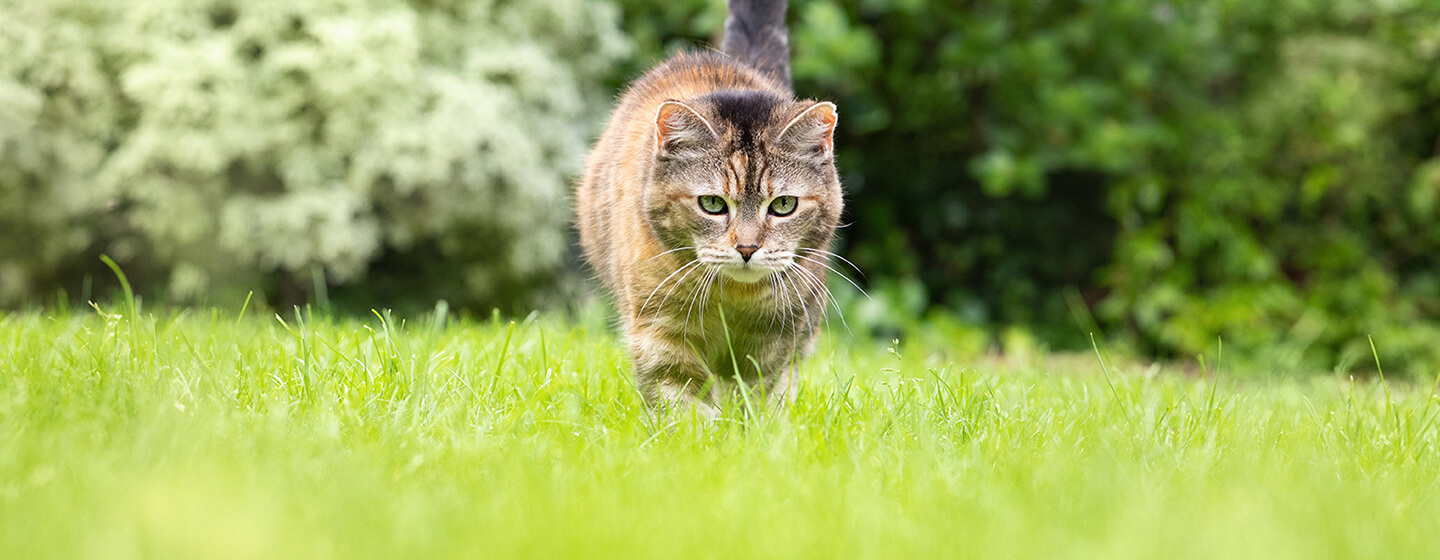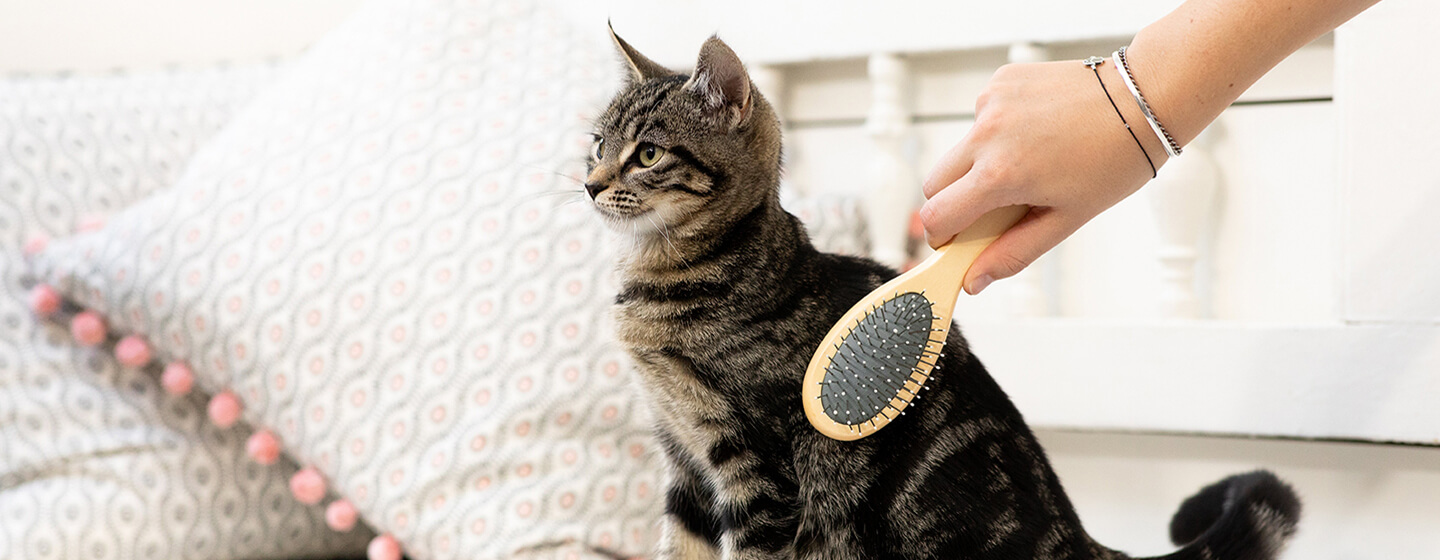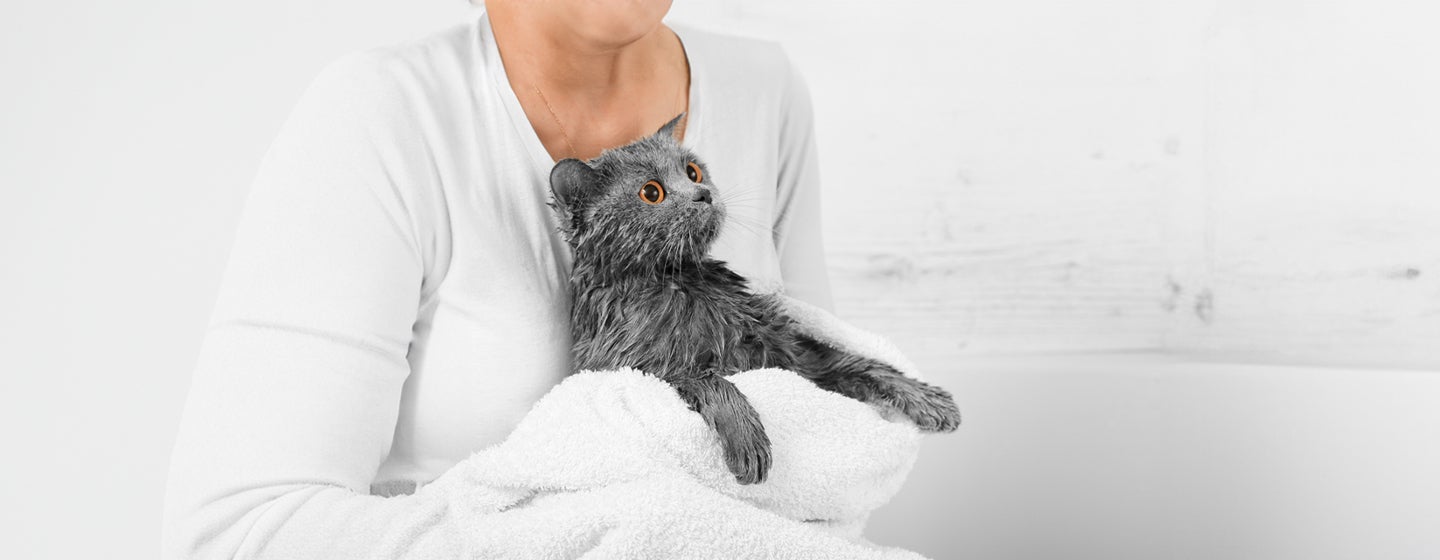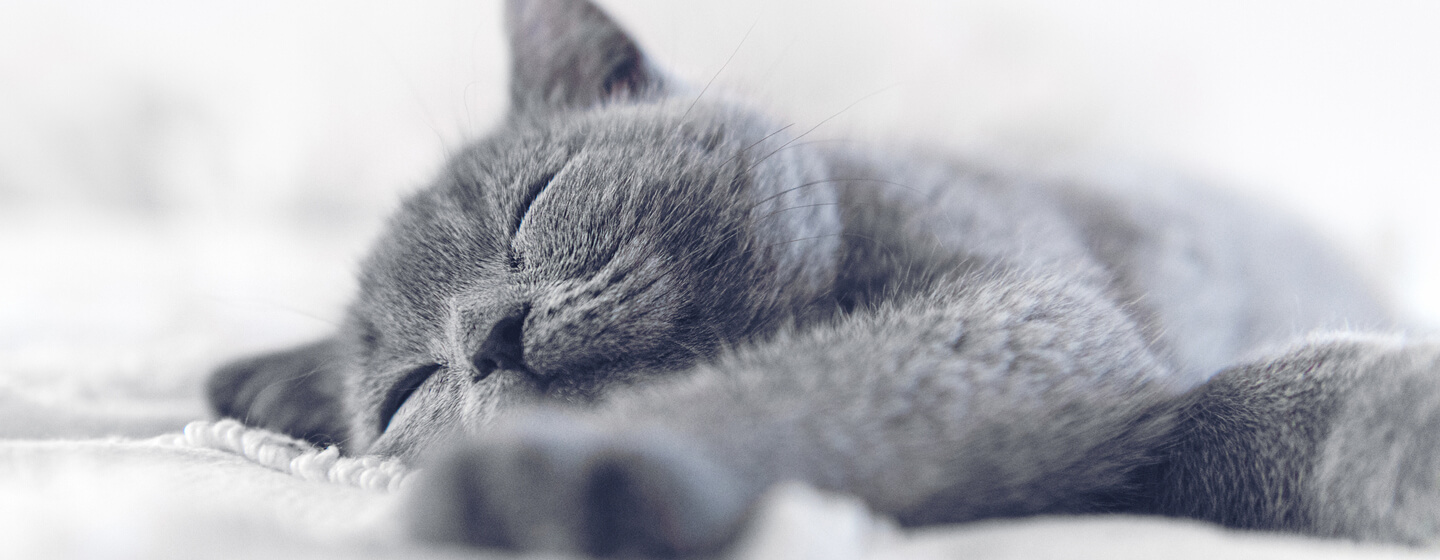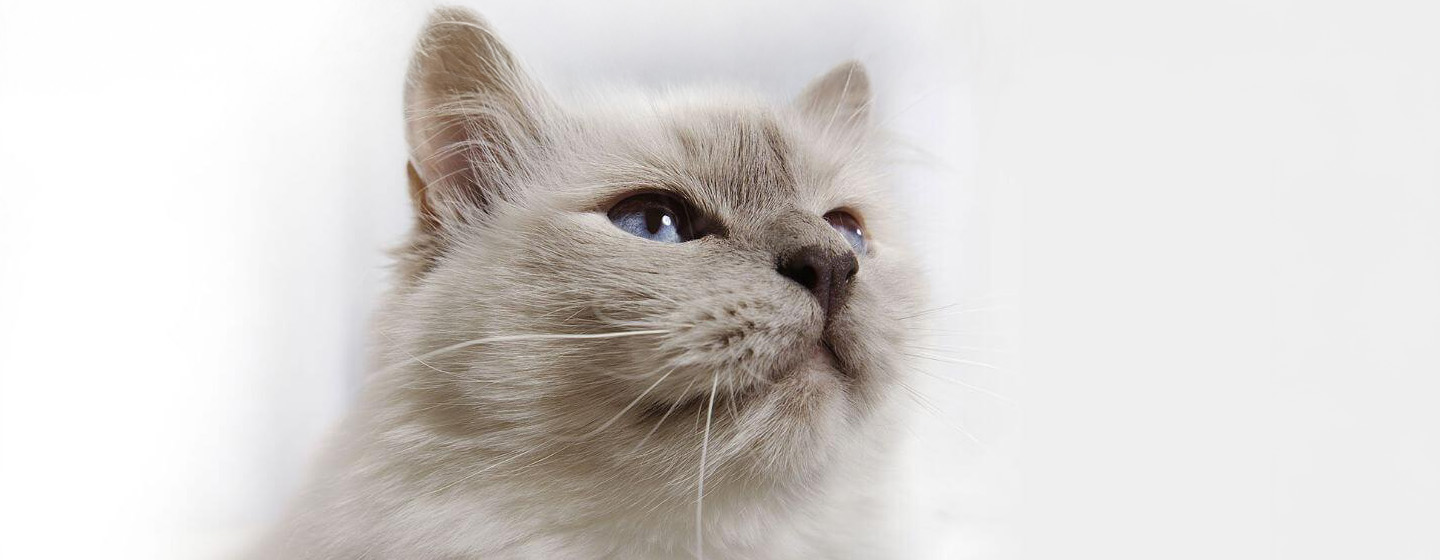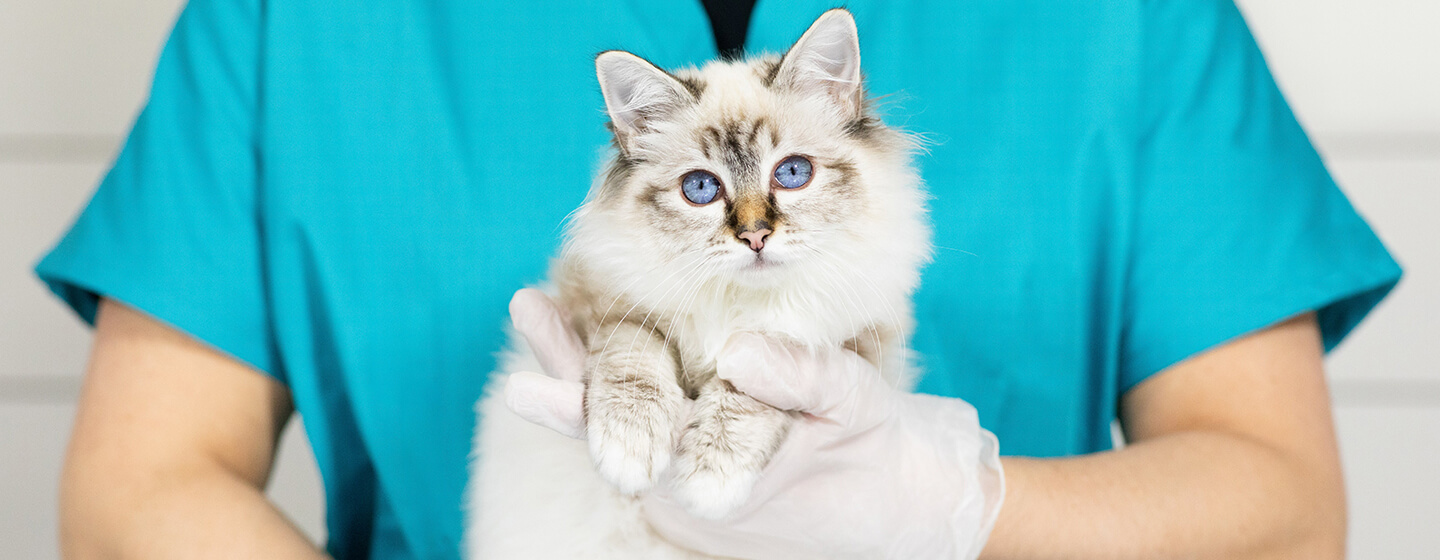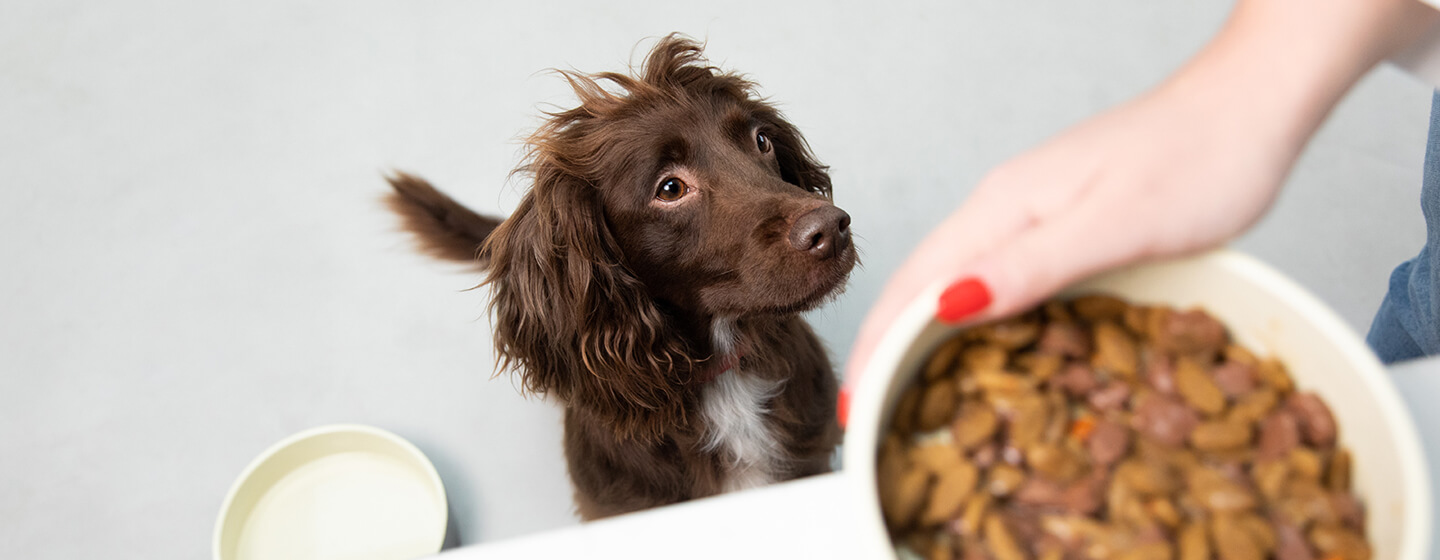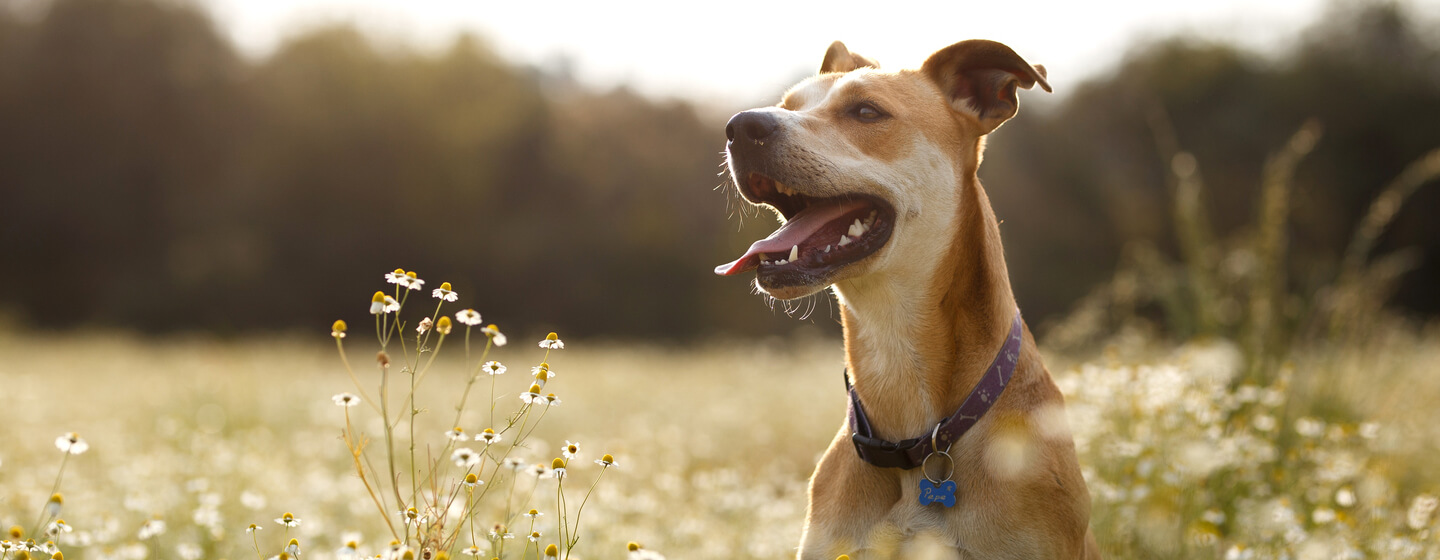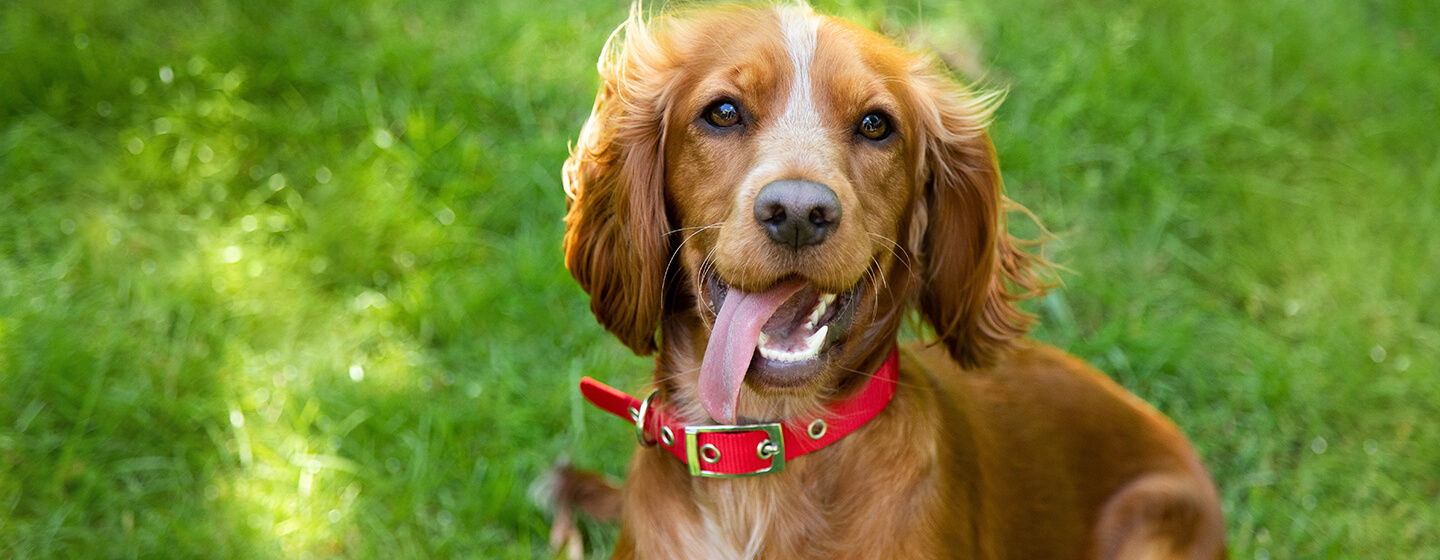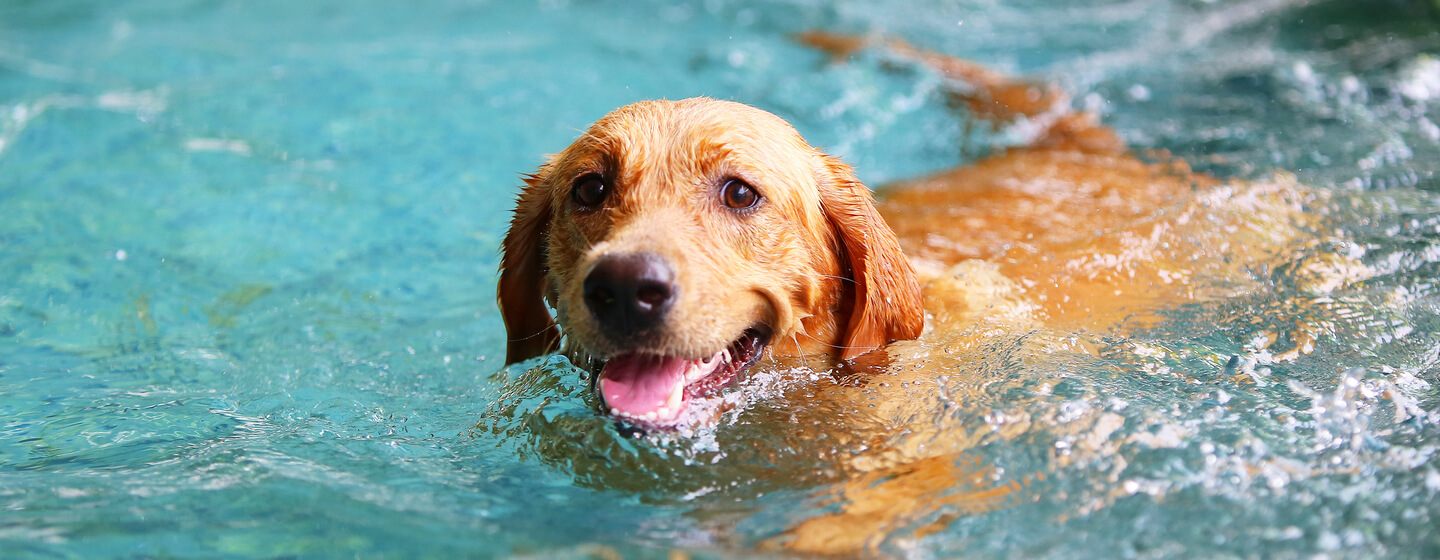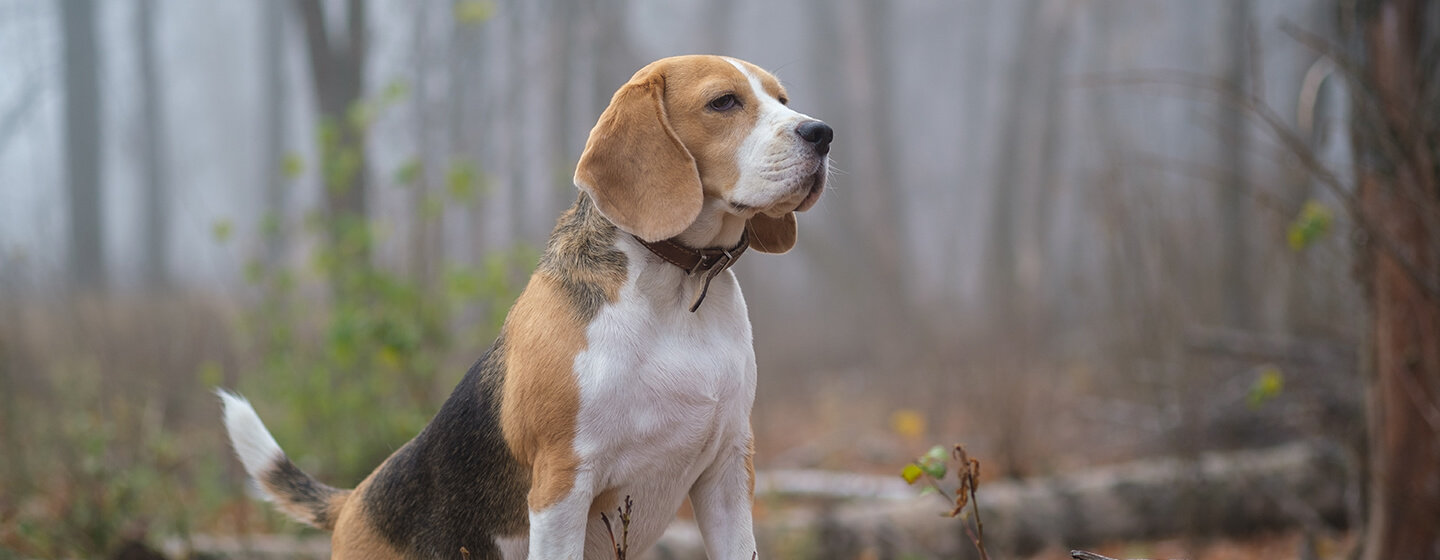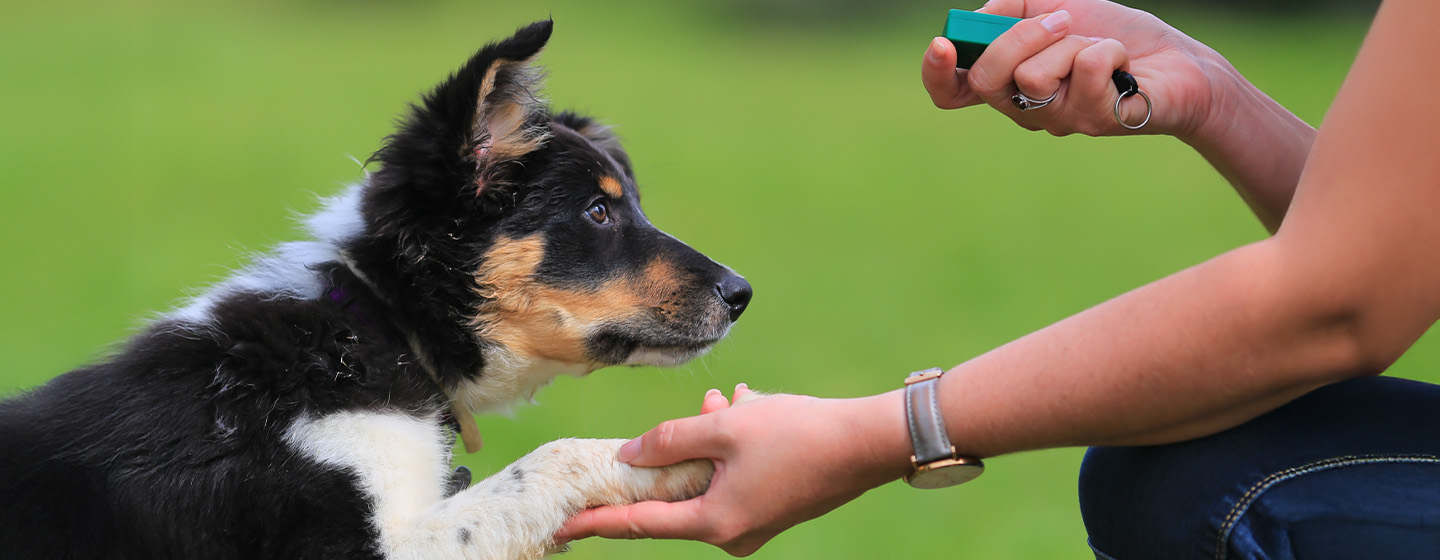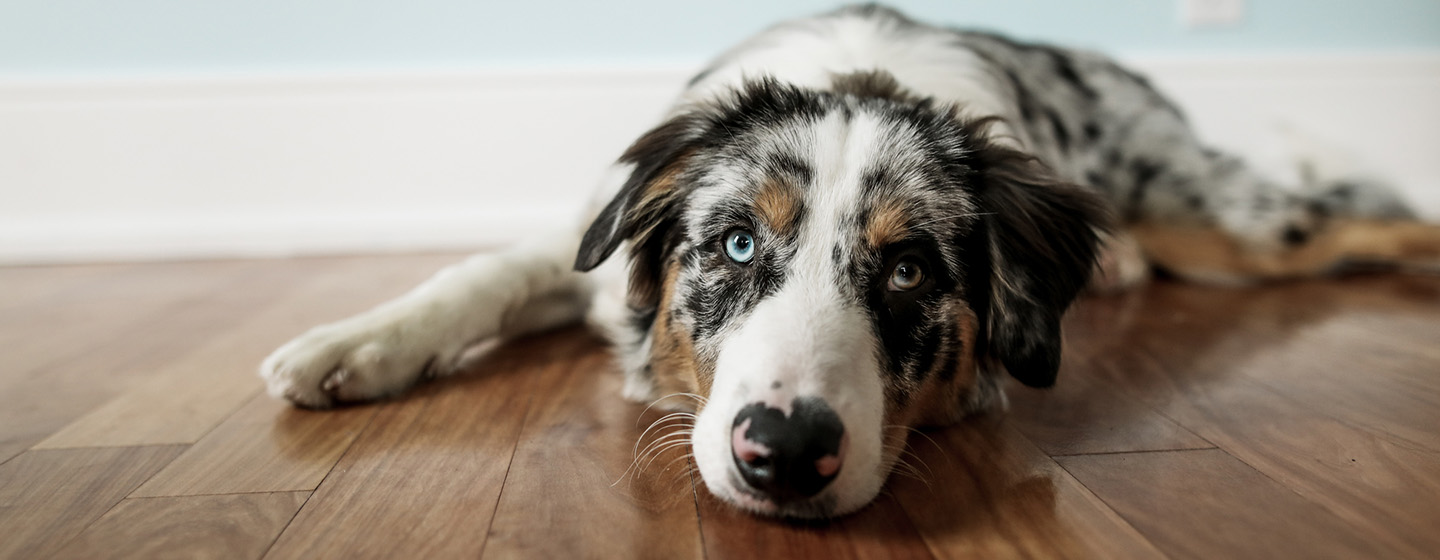Over the years, cats have baffled just about everyone – from owners to behaviourists and even scientists. Because of their mysterious nature, there are numerous cat myths and rumours that are commonly believed, but just how true are they?
Cats are enigmatic creatures that many people struggle to understand. Over the years, this has seen our furry friends shrouded in a variety of myths, including some outlandish rumours that even reported that they were in league with the devil!
The majority of cat myths have since been debunked thanks to science and lashings of common sense. Keep reading to find out the truth behind the butter on cats’ paws rumour, if black cats are bad luck and more.
1. The truth behind the black cat myth
The black cat myth is perhaps one of the most common tales out there and chances are you’ve heard someone telling this story. In the UK, Europe and most of America if a black cat crosses your path, people claim it means bad luck is coming your way.
In Germany, however, it’s direction specific and if a black cat crosses from right to left it means bad luck, but if the cat moves left to right it’s actually considered good luck. Additionally, in Japan it’s actually thought to be very lucky, especially for single women as a black cat promises good suitors are on the way.
Debunked: The black cat myth is, of course, untrue and likely came about due to the fact that black cats were thought to be the pets of witches in medieval times. Unfortunately, this rumour is still quite widely believed today and black cats frequently find their way to rescue centres or have difficulty finding new homes.
2. Saved by a cat’s whisker
A cat’s whiskers almost seem to give them super powers, so it’s only natural that people came to assume that these were good luck charms. So much so in fact, there’s a popular cat myth that if you put a whisker in a white bag and place it in your car it will help to prevent accidents, theft and breakdowns – some people even claim it can help you avoid speeding and parking tickets!
Debunked: While we really wanted to believe this one, the cat whisker myth is not true and probably came about because cats so rarely lose their whiskers.
3. Cats were responsible for the plague
Yep, you heard that right. In the middle ages people thought that cats were responsible for spreading the plague. This was due to the fact that they thought cats were in league with witches, warlocks and ultimately, the devil. Many people in the middle ages believed that the devil was to blame for all the horror of the black death and they began destroying ‘his loyal servants’ – cats.
Debunked: It was actually a type of flea that lived on rats that spread the plague. Funnily enough, the destruction of cats meant that the rat population thrived, and the Black Death spread faster than ever.

